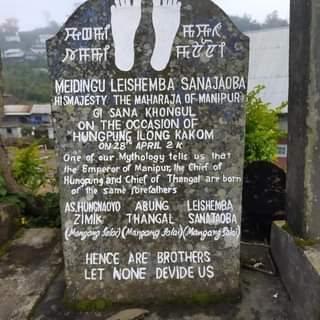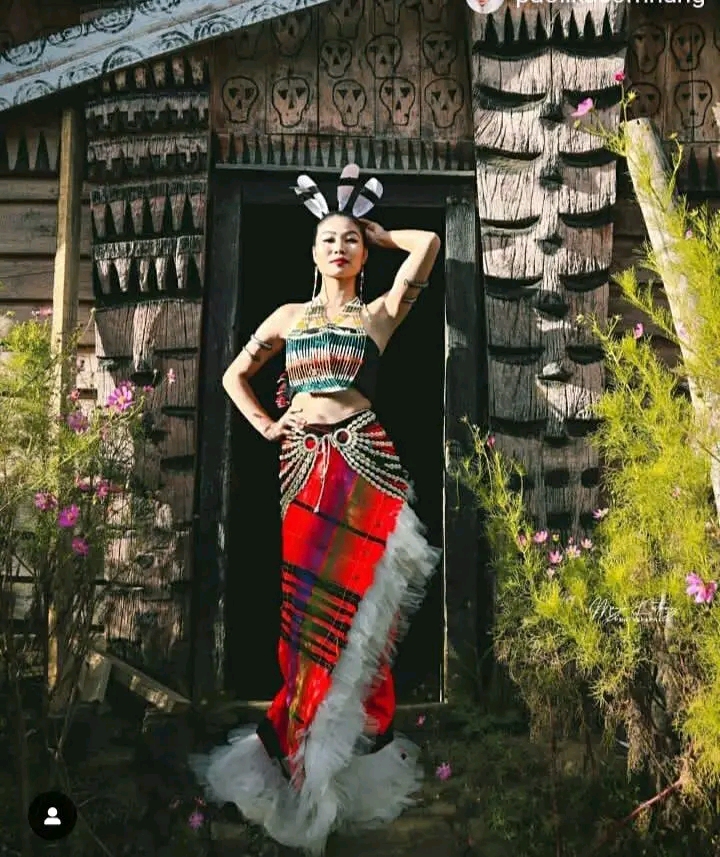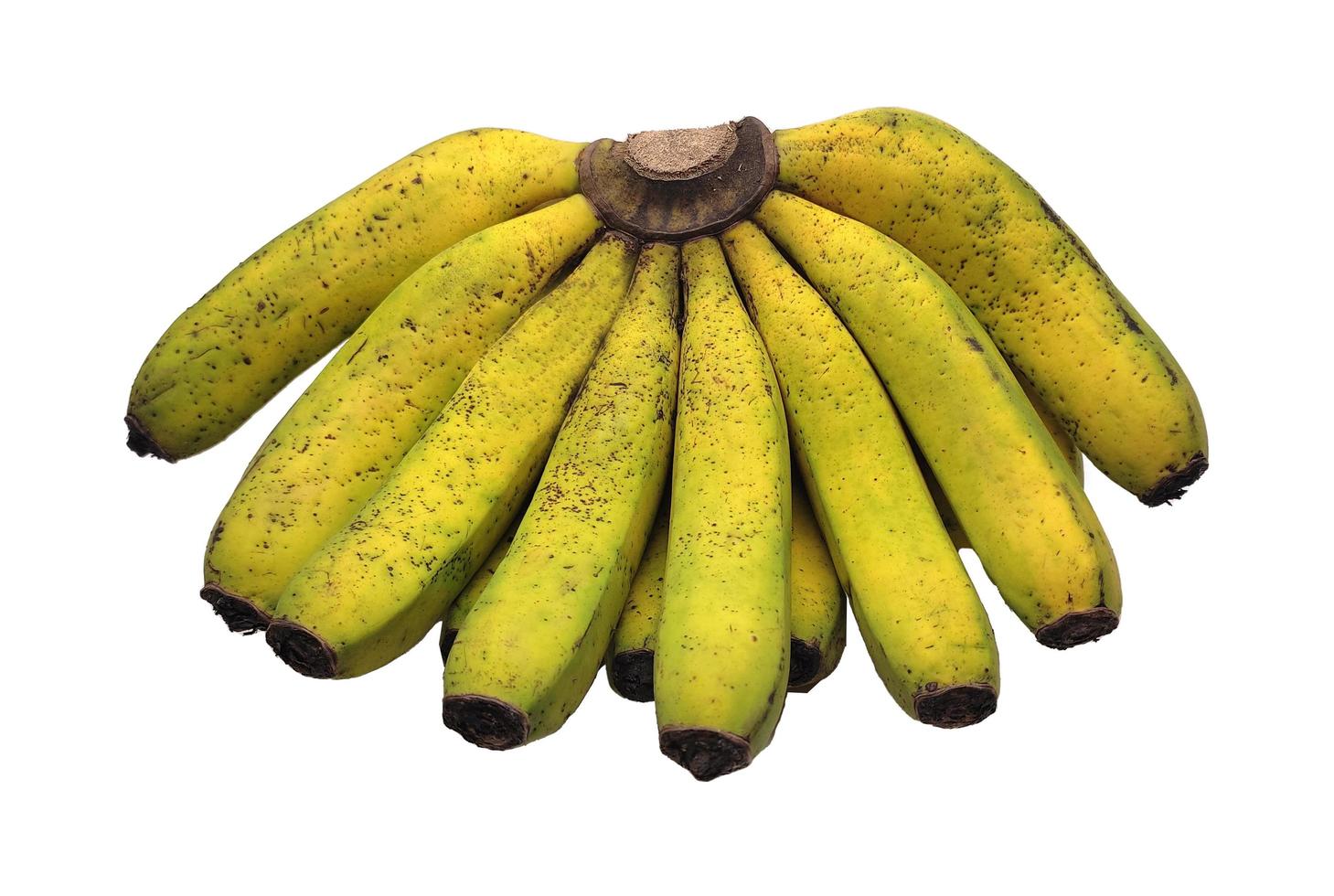Mera Wayungba, also known as “Mera Thaomei Thaanba,” continues to recount the age-old traditions of the Meitei and Tangkhul brothers. In this narrative, the younger brother (Meitei), descending to the valley, signals his well-being to his elder brother (Tangkhul) who lives in the hills. This cherished ritual primarily revolves around the enduring bond between the Meitei and Tangkhul brothers.
The significant festival known as Mera Hou Chongba or Mera Wayungba holds a special place in Manipur’s traditions. Celebrated on the 15th day of Mera in the Manipuri lunar calendar, this festival unites various ethnic groups from both the hills and valleys of Manipur. It symbolizes the deep sense of brotherhood and unity among the people.
One central ritual during this festival involves the lighting of lamps at the end of bamboo poles known as “Mera Thaomei Thaanba.” This act serves as both a symbol and a signal of safety for the community. The festival is scheduled to take place on October 28, 2023.
Throughout the festival period, Meitei illuminated their courtyards with lamps every evening. The main festivities are held at Kangla and Sana Konung in the Imphal Valley. This celebration continues until the 15th day of Hiyangei, which is the following month in the Manipuri lunar calendar.
- Also Read: Do you know Meetei worships Tangkhul women
Some may wonder why Mera Thaomei Thaanba is observed in the Meitei Lunar month of Mera (September-October) every year and not in other months. Researchers suggest that among the twelve months, the Mera month is especially crucial in the region. During this phase, old stocks of paddy are nearly depleted, and the new harvest has not yet arrived. This month poses one of the most challenging periods in terms of food scarcity in the valley.
Another theory proposes that neighboring kingdoms historically launched attacks on Manipur, especially during the latter part of the year. Since the region was covered with dense forests and vast rivers, the most suitable months for invading the Valley were typically during the Autumn season, starting in October and lasting until February. This was a critical time when the Valley brothers required the attention and support of their elder brothers, the Tangkhuls of Hungpung.
The Hungpung Tangkhul village is situated just 40 miles from Imphal Kangla. Enemies would think twice before attacking the Valley when the Hungpung Chief held considerable power. No one dared to challenge the Meitei Kings in earlier times. In 707 AD, during the reign of Naothingkhong at Kangla, the Pong Kingdom sought to conquer Manipur by defeating the Meitei king but hesitated due to the formidable Hungpung Tangkhul Chief.
Historical accounts documented by the Political Agent of Manipur, Sir James Johnstone, mention an incursion of the Awa (Burmese) in the Tangkhul village. They were pursuing the Meiteis who were seeking refuge in Hunpung and other Tangkhul villages like Sirarakhong during the Chahi Taret Khuntakpa. The Tangkhuls annihilated the entire Awa force, numbering around 700 soldiers.
Even Poreiton, in his quest to conquer, was unsuccessful in defeating Nongda Lairen Pakhangba. The Hungpung Tangkhuls acted as a formidable barrier against the enemies of the Meitei king, thereby exemplifying the profound kinship between the Meitei and Tangkhul brothers.
In the month of Mera of Meitei and Tatharaha of Tangkhul, a younger Meitei brother would light a lamp in his courtyard to signal their Tangkhul brothers about their well-being. This was a tradition where the hill people descended to the valley during this month, bringing an abundance of freshly harvested crops and vegetables for their younger brothers. This occasion is known as Mera Hou Chongba.
In the past, the Hungpung Tangkhul, with the Meitei king’s permission, would collect desired items from Sana Keithel during every Mera Hou Chongba festival. On that day, the Meiteis would sell edible items, particularly sweet puff rice or roasted rice (Kabok).
This exchange was not merely symbolic; it entailed the sharing of gifts. Additionally, as per Hungpung tradition, in each generation, the Meitei king would present a buffalo to the Hungpung Chief, symbolizing their clan tradition. In times of enemy attacks, the parent village would always come to the aid of their fellow clansmen, and in return, the clan would offer a buffalo or a Mithun to the parent village, thereby maintaining the enduring bond between the Meitei and Tangkhul brothers.
Some 2-3 decades ago, when visiting any Tangkhul village and gathering around a fireplace, the Khullakpa would share numerous stories about the enduring connection between the Meitei and Tangkhul brothers. It was common to hear questions from the Tangkhul elders regarding whether the tradition of lighting Mera Thaomei in the courtyard was still observed. Over time, and under external influence, this tradition and the age-old relationship between the two brothers have faded. Some have even refrained from speaking Meiteilon due to fear of repercussions from higher authorities.
These stories, while considered folklore by some, emphasize the unbreakable connection between the Meitei and Tangkhul brothers. Recently, there have been discussions regarding the relationship between the Hungpung Tangkhul and the Meitei Ningthouja (Mangang) clan. Questions are being raised about whether the Hungpung and Meitei are blood brothers. If they are indeed brothers, why is this relationship limited to a specific Tangkhul Royal Clan in Hungpung and the Ningthouja or Mangang of the Meitei?
Among the Tangkhul villages, the Hungpung Thawaijao Haokok is the eldest of the Tangkhul tribes. This is evident in the traditional practice where every Tangkhul village Khullakpa eagerly awaits the Hungpung royal couple to initiate seed sowing by the North, South, East, and West.
When inter-village or inter-area disputes arise and cannot be resolved within their jurisdiction, they are brought or appealed to the Kalangshim Supreme Court of Hungpung. As is customary with all supreme courts, its decisions are considered final and binding.
Undeniably, the Hungpung King held the position of the eldest and rightful head of the Tangkhul tribes. At the village level, the King, in consultation with the clan chiefs known as the Hangva, made decisions. Additionally, various clan chiefs represented their clans in village administration. At the area and Tangkhul levels, the only Long in existence was the Hungpung Long, led by the Hungpung King with the Hangva. The King and his Hangva were assisted by five Longva and eight Longkhok.
With the Hungpung King as the Head, there were thirteen brother heads within Tangkhul society. Even today, Hungpung continues to hold a significant position within the Tangkhul community. Some Tangkhul researchers argue that the portrayal of the relationship between the Tangkhuls and the Meiteis is somewhat exaggerated, depicted on a grander canvas than necessary.
It is important to recognize that this deep-rooted bond between the Meitei and Tangkhul brothers cannot be denied or diminished. The stories and traditions passed down through generations attest to the enduring connection between these two communities.
Historical records reveal that Nongda Lairen Pakhangba and Angom Ningthou descended from Hungpung, establishing their authority in the valley at the dawn of the first century. As a symbol of this historical connection, it became a tradition for the king to wear Tangkhul attire during the coronation ceremony.

In the courtyard of the Hungpung King, significant events have unfolded. Maharaja Churachand visited the site, and the imprints of his footsteps remain preserved on stone slabs. This symbolic act served to rekindle the deep-rooted blood ties between the two brothers. Subsequently, this practice has been upheld by successive monarchs, including Maharaja Budhachandra, Maharaja Okendrajit, and the current Member of Parliament in the Rajya Sabha, Maharaja Leishemba Sanajaoba.
This relationship, often overlooked by those advocating for a Pan Naga unification, remains a testament to the historical and ethnic ties between the Meitei and Tangkhul brothers. Mera Wayungba serves as yet another symbol of cultural unity between the valley people and the Tangkhuls, as well as other hill tribes.
Until the 1940s, the Naga tribes in present-day Manipur did not commonly identify themselves as “Nagas.” As narrated by one Shimray, he shared a childhood experience when he and his father were referred to as Nagas by retreating Japanese troops during World War II. Both he and his father corrected the Japanese troops, clarifying that they were Tangkhuls, not Nagas. This anecdote highlights that the Nagas in Manipur did not identify themselves as Nagas at that time.
In 1951, the plebiscite played a significant role in the Naga independence movement. However, the Nagas in Manipur did not participate in this historic event. Conversely, in Nagaland, on January 25, 1952, under the banner of the Naga National Council (NNC), the Nagas launched a civil disobedience movement. As part of this movement, the initial Indian elections in 1952 were effectively boycotted.
In contrast, in Manipur, all ethnic groups actively participated in these elections, and a Tangkhul representative, Shri Rishang Keishing was elected from the Outer Parliamentary Constituency.
Later, in 1960, the Government of India reached an agreement with the Naga People’s Convention (NPC) and subsequently formed Nagaland as the sixteenth state of India in 1963. It’s worth noting that several influential leaders from various tribes, who would later be classified as Nagas, remained committed to the idea of staying with Manipur instead of joining Nagaland.
In May 1970, the All Tribal Delegation visited Delhi to demand statehood for Manipur. The delegation included prominent figures such as Daiho, the former Finance Minister of the Manipur Assembly in 1948, Stephen Angkang, the former President of Tangkhul Long, K. Kalanlung, the President of Zeliangrong Regional Council, and Shoukhothang Ashon, a former Member of the Legislative Assembly (MLA).
While some individuals may attempt to narrow the historical origin of the Meitei and Tangkhul brothers to the relationship between the descendants of the Hungpung royal clan and Ningthouja only, it is essential to recognize a critical aspect that they may overlook or perhaps deliberately omit. This crucial element is the concept of the “Seven Yek Salai” which signifies unity and the siblinghood of Iputhou Konchin Thukthaba Pakhangba.
The Seven Yek Salai, present among both the Tangkhuls and Meiteis, stands as a symbol of interconnectedness and brotherhood. Each Yek Salai, whether it be Moirang, Luwang, Angom, Khuman, Sarang Leishangthem, Kha Nganba, or Mangang in the Meitei community, is recognized as siblings.
Similarly, within the Tangkhul community, this concept of Yek Salai (Shinglai, Rajo, Ela, Shimprui, Ningshen, Sheatlei, and Lhenyea) is prevalent and emphasizes the close ties that bind these communities together. This concept underscores the deep-rooted connection that goes beyond specific clans or royal lineages and reminds us of the oneness between the Meitei and Tangkhul brothers.
When the Mera Wayungba is approaching now, the Hungpung Chief may look on with a sense of sadness as he witnesses the suffering and violence endured by his Meitei brothers. It is a reminder that the ties between these communities remain significant, even as the world changes around them.
Editor | Signpost News







